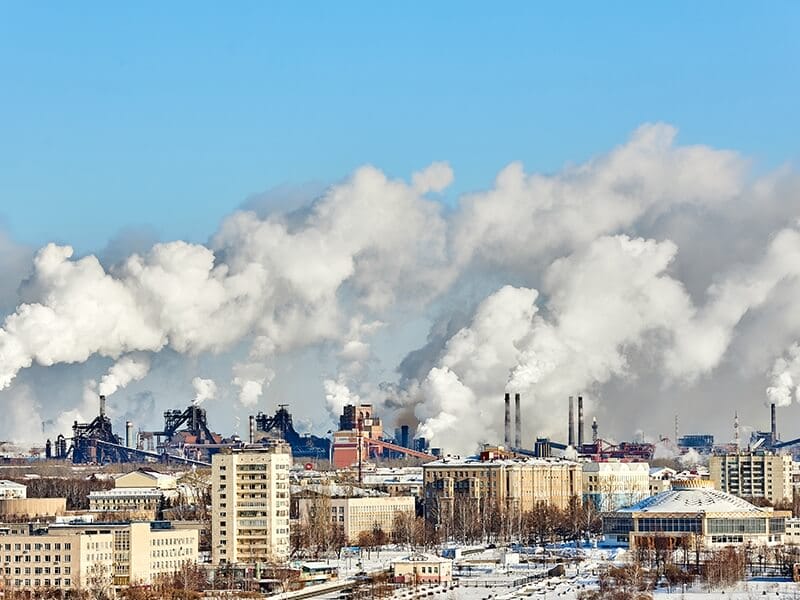
Fenceline Monitoring
Fenceline (or perimeter) monitoring is the use of monitoring technology to measure the ambient air concentration of a specific chemical at the property line of a manufacturing site (e.g., petroleum refinery, chemical plant).
– Imperial
Across the country, oil refineries are realising benzene into nearby neighbourhoods and endangering the health of residents. According to new federal data compiled by the Environmental Integrity Project. Nationwide where monitors have detected levels of benzene considered by the Environmental Protection Agency to be enough of a danger to human health that operators are now required to fix the problem.
– Salon
What is Fenceline Monitoring
A Fenceline Monitoring Program is designed to help industrial sites and surrounding communities to understand how the emissions controls put in place are working. Monitoring results ensures that the emissions management systems are working as planned, and if they are not, requires that action to diagnose any potential issues and make adjustments well before emissions levels become hazardous to the community or workers.
– WSPA
With the potential loss of material from leaky pipes and joints, organisations can benefit from routine leak inspection also called leak detection and repair (LDAR). Small leaks can be detected and remedied before further damage is caused. Detecting leaks early on is usually less costly to repair and limits downtime of facilities, helping to demonstrate compliance with legislation regarding emissions, and finally to protect the environment of your workers and neighbouring surroundings. However, for these large Petro sites the cost of 24/7 (365 dpyr) LDAR teams can be prohibitively expensive. This means the requirement for Fenceline monitoring has been increasingly adopted as the 1st point of detection with LDAR activities scaled according to fugitive emissions, reported on perimeter sensing nodes!

”People living near to many large scale facilities or industrial refineries could be exposed to hazardous air pollutants every day if correct measures are not being taken place. Indeed, refinery flares release a number of climate-warming gases along with toxic and cancer-causing pollutants that contribute to smog and pose health risks to surrounding communities. A 2016 study found that children living near a refinery in Texas City, Texas, experienced neurological problems, diarrhoea, trouble breathing and other health impacts because they were exposed to benzene, a known carcinogen, after a flaring incident.
SalonNew federal data show that oil refineries across the U.S. are releasing benzene into nearby neighbourhoods
What is EPA Method 325 Fenceline Monitoring?
On December 1, 2015, the United States Environmental Protection Agency (EPA) finalised and published in the Federal Register the updated rule for New Source Performance Standards (NSPS) for Petroleum Refineries and the National Emission Standards for Hazardous Air Pollutants (NESHAP) for Petroleum Refineries.
The new rules required petroleum refinery owners and operators to implement many changes over the following years. One of the changes was the introduction of mandatory continuous fence line monitoring for benzene. This was implemented to account for and monitor fugitive emissions from sources such as leaking equipment and wastewater treatment. The air concentration limit set forth by this continuous monitoring is 9 μg/m3. Any exceeding of this limit will trigger corrective action(s) to be completed by the facility.
– GHD
Fence line monitoring with fixed Photoionisation Detectors (PID)
Fixed Photoionisation Detectors (PIDs) are a great way for you to remain compliant with site emission levels, one of the many sources for the need of fence line monitoring is when Fugitive Emissions leaks occur. As well as representing a loss in economic terms through lost commodities, fugitive emissions leaks are also responsible for contributing to climate change and air pollution. Whilst this damage to our environment is clearly undesirable, fugitive emissions can also pose a more immediate threat.
Designed for plant wide safety and the on-going protection of workers in global petrochemical and oil and gas applications. ION Science latest fixed gas detector boasts the innovative typhoon technology for unrivalled accuracy in condensing atmospheres and extreme weather conditions, while offering continuous, fast and reliable detection of VOCs & TACs including benzene, in high humidity environments without fault.
Download Our FREE Guide
“Fenceline Monitoring”
Emissions from industrial activities can negatively affect ambient air and are a major contributor to poor air quality in many regions. Pollutant sources include stack emissions, fugitive emissions during storage, processing and transport of the end product. Because of this, fence line regulations on levels of key pollutants, including VOCs, to protect workers and neighbouring communities have been implemented such as the EPA Clean Air Act, and further legislation for example, US EPA rule 40 CFR part 63 requires refineries to monitor benzene emissions at key emission sources within their facilities and at their fence lines.


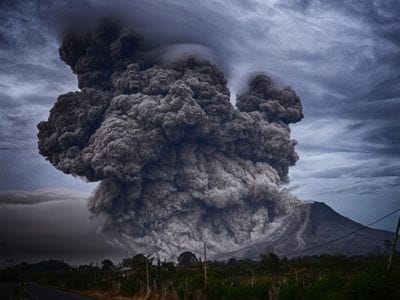
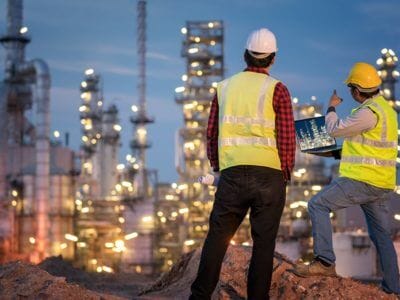

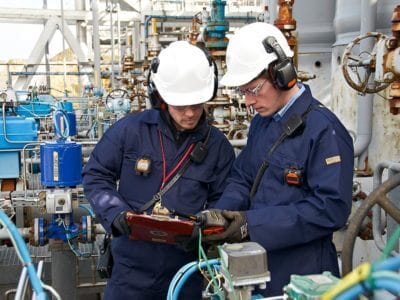
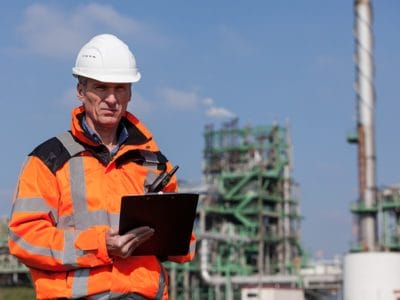









 United Kingdom
United Kingdom






